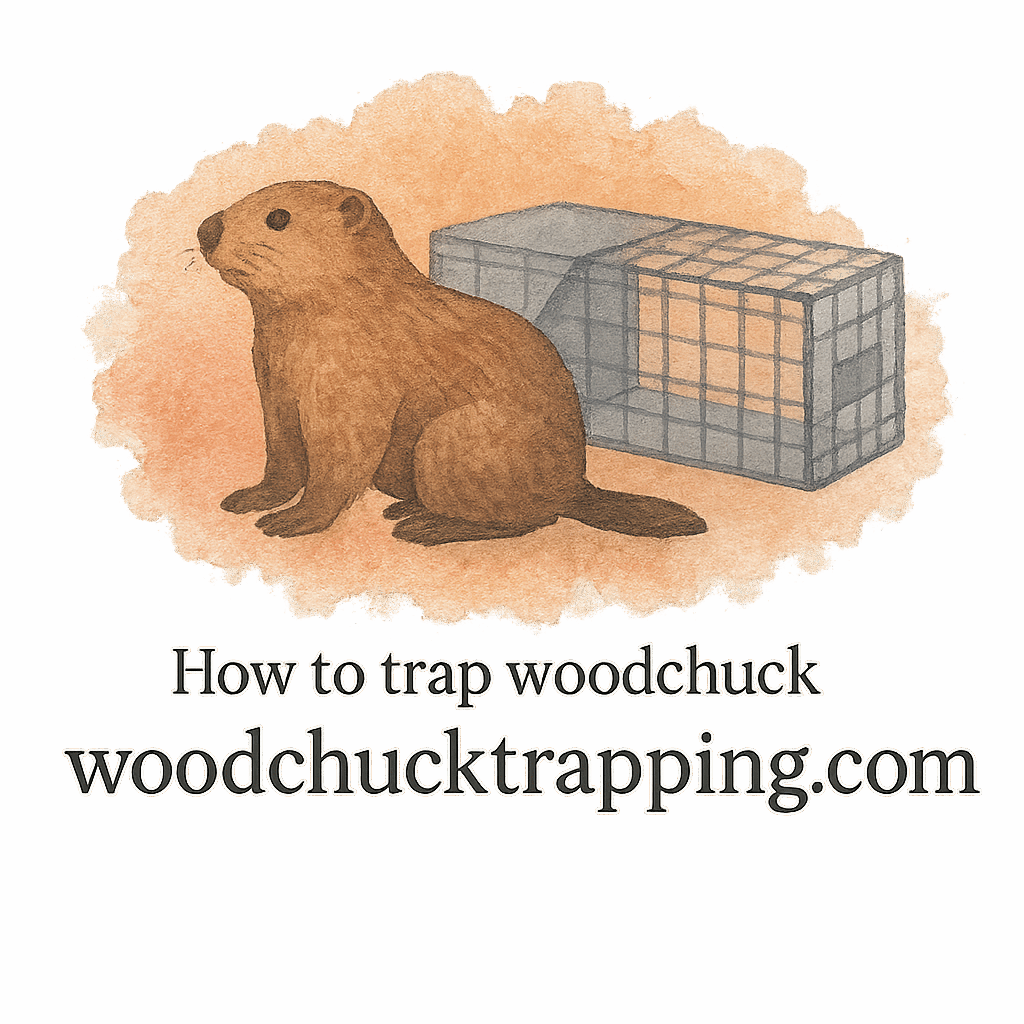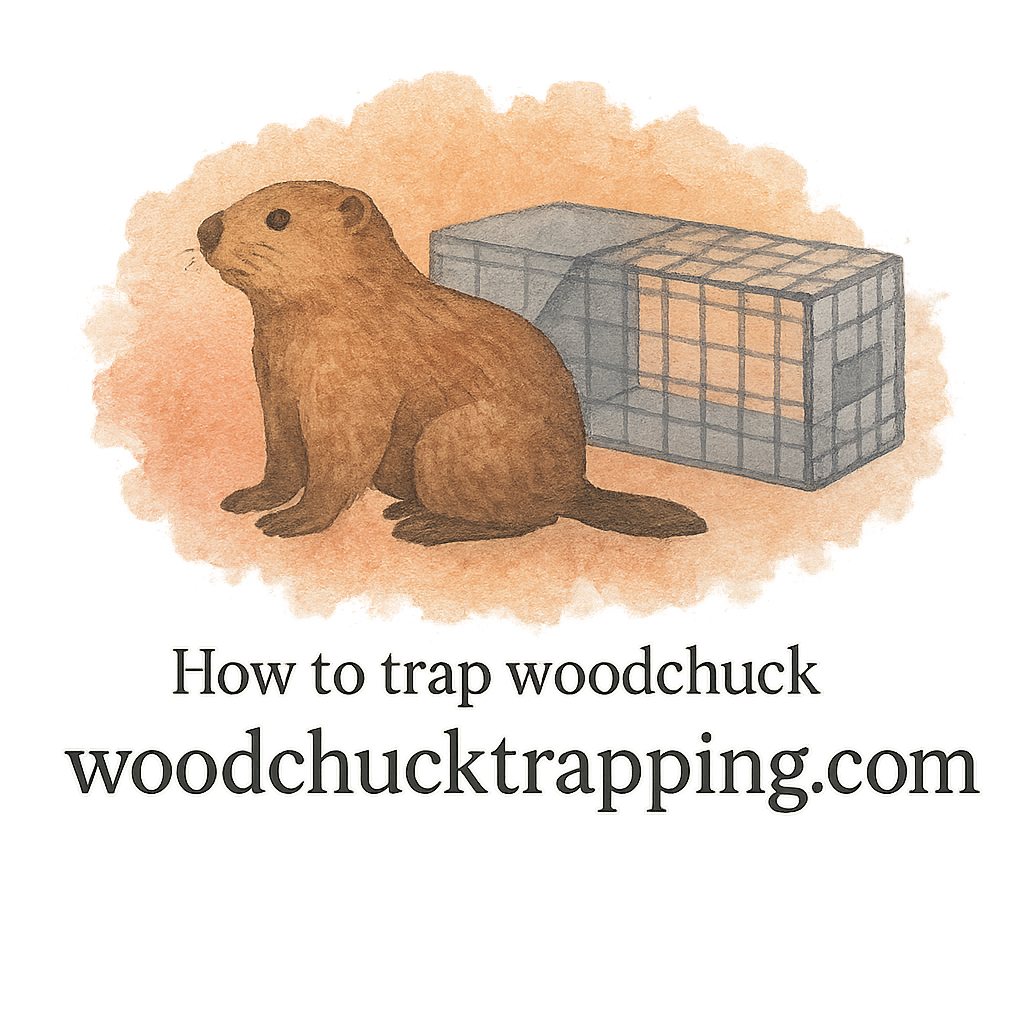Introduction
Let’s face it—woodchucks (aka groundhogs) may look cute and fuzzy, but once they set their sights on your yard, garden, or foundation, the damage can be relentless. These underground diggers chew, tunnel, and destroy with surprising determination. So how do you outsmart them? Fencing is one of the most effective defenses. In this guide, we’ll dive into 9 fencing options that keep woodchucks out, plus tips to boost your success.
Why Fencing Is Essential for Woodchuck Control
Understanding Woodchuck Behavior
Woodchucks are natural burrowers. They love soft, loose soil and can dig tunnels over 30 feet long! Not only do they dig, but they also climb—yes, climb—so your fence needs to account for both upward and downward movement.
Explore more about their habits here:
👉 Signs of Woodchuck Infestation
Signs of Woodchuck Infestation
- Fresh soil mounds near burrow entrances
- Gnawed plants, especially leafy greens
- Holes near porches or shed foundations
- Droppings resembling small dark pellets
Knowing what you’re dealing with helps you build the right fence—and pair it with other methods like humane trapping.
What to Consider Before Choosing a Fence
Soil Type and Digging Risk
If you have sandy or loamy soil, expect woodchucks to dig deeper. You’ll want a barrier that goes underground at least 12 inches.
Yard Size and Landscape
Have a small yard? Compact traps and flexible fencing solutions might work best. Larger spaces may need more durable and permanent installations.
Legal & Safety Regulations
Before installing electric or tall fences, check local ordinances. Visit our Laws & Safety guide for insights on staying compliant and safe.
1. Hardware Cloth Fence
This is the go-to choice for most homeowners. Hardware cloth is tough, rust-resistant, and can be buried underground to prevent digging.
Best Practices for Installation
- Use ¼ to ½ inch mesh
- At least 3 feet above ground and 1 foot below
Depth and Bending Technique
Bury the bottom edge in an L-shape, bending it outward to deter digging. Add extra protection by curving the top outward to stop climbers.
Internal Resource:
👉 Trapping Techniques
2. Electric Fencing
Surprisingly effective and humane when used correctly.
How It Works for Woodchucks
Install 2-3 electrified wires, the lowest placed 4-6 inches from the ground. When a curious groundhog touches it—they’re quickly discouraged!
Safety Considerations
Always use a fence charger suitable for small animals. Combine this with traditional fencing for added strength.
👉 Dive deeper into safety: Safety Tags
3. Vinyl-Coated Wire Fencing
Tough and visually cleaner than traditional mesh.
Pros and Cons
- ✅ Weather-resistant
- ✅ Less visible
- ❌ More expensive
- ❌ Requires professional installation for large areas
Pair with trap scent strategies for added success.

4. Welded Wire Fencing
For those with durability in mind. These heavy-duty panels stand up to chewing and clawing.
Durability Against Burrowing
Add an underground layer of the same welded wire in a horizontal trench for unbeatable security.
Check out real-world results in our Equipment Reviews.
5. Chicken Wire Fencing
A budget-friendly option for temporary fixes.
Affordable but Limited
While easy to find and install, chicken wire is flimsy and can rust fast. Only use it when reinforced with wood or metal posts—and don’t forget the buried L-shaped layer.
6. Wooden Privacy Fence with Wire Reinforcement
Best for urban or suburban settings where appearance matters.
Aesthetic Plus Function
Add welded wire mesh along the base, extending 12 inches underground. This combo keeps the look you want and the pests you don’t.
Learn more in our Minimal Space yard solutions.
7. L-Shaped Barrier Fence
This method turns the fence into a fortress.
Ideal for Persistent Diggers
Create a trench around the fence and lay wire mesh in an L-shape: 12 inches down and 12 inches out. Cover it with soil and forget about woodchuck holes!
👉 Related: Burrows Tag
8. Electric Netting Fence
Highly flexible and portable.
Portable and Flexible Option
Perfect for protecting seasonal gardens or smaller patches. Easy to install, take down, or relocate. Be sure to ground it well and check the power regularly.
Looking for more compact solutions? Try Compact Traps
9. Combination Fencing (Hybrid Method)
When one method isn’t enough—combine them!
When to Mix and Match Fence Types
Pair an electric wire with welded wire, or reinforce a wooden fence with underground hardware cloth. Each layer adds more resistance to burrowing and climbing.
👉 Explore full trapping methods: Woodchuck Trapping Techniques
Fence Maintenance Tips
- Regularly check for gaps, rust, or sagging
- Watch for dig marks near the base
- Re-bury or reinforce exposed mesh
- Clear vegetation that can help woodchucks climb
Alternative Trapping and Prevention Methods
Combining Fencing with Trapping
Fencing is just one part of the puzzle. Use humane traps and proper handling to control active woodchucks inside your yard.
👉 Check Trapped Animal Handling
Baiting and Luring Strategies
Pair traps with effective bait like cantaloupe or apples. Learn expert tricks here:
👉 Baiting & Luring Guide
And explore the right scents:
👉 Scent Bait
Conclusion
Woodchucks are stubborn, but with the right fencing strategy, you can protect your garden, yard, and sanity. Whether you go with a heavy-duty hardware cloth or an electric netting solution, the key is persistence—and layering your defenses. Combine these fencing tips with expert trapping techniques, proper baiting, and ongoing prevention to finally win the groundhog war.
Ready to go further? Get all your gear, strategies, and legal insights at 👉 WoodchuckTrapping.com
FAQs
1. What’s the best fence height to keep woodchucks out?
A minimum of 3 feet above ground is ideal. Add a 12-inch underground extension for dig-proof protection.
2. Can woodchucks climb fences?
Yes! Especially if the fence has a rough texture or nearby structures to assist. Curve the top outward to prevent climbing.
3. Do electric fences work for groundhogs?
Yes, if installed correctly. Use low wires (4-6 inches high) and keep vegetation trimmed.
4. Will chicken wire work as a permanent solution?
Not really. It’s better as a temporary fix or when reinforced with stronger materials.
5. Is fencing alone enough to stop a woodchuck infestation?
Usually no. Fencing is most effective when paired with traps and baiting techniques.
6. How deep should I bury the fence to stop burrowing?
At least 12 inches deep in an L-shape for the best results.
7. Where can I learn more about trapping gear and techniques?
Visit Trapping Equipment Reviews and explore all Trapping Essentials


